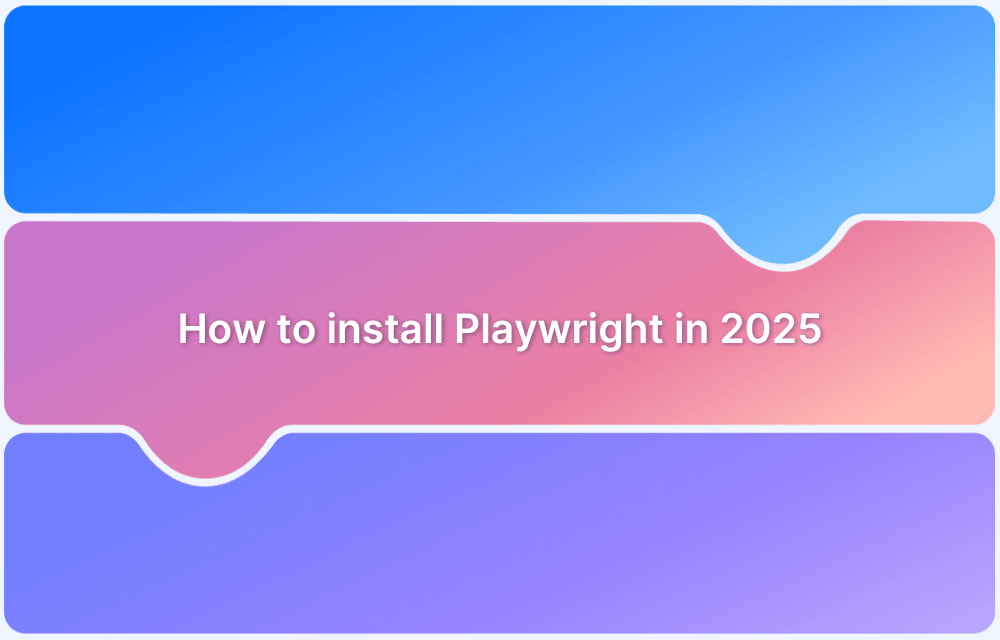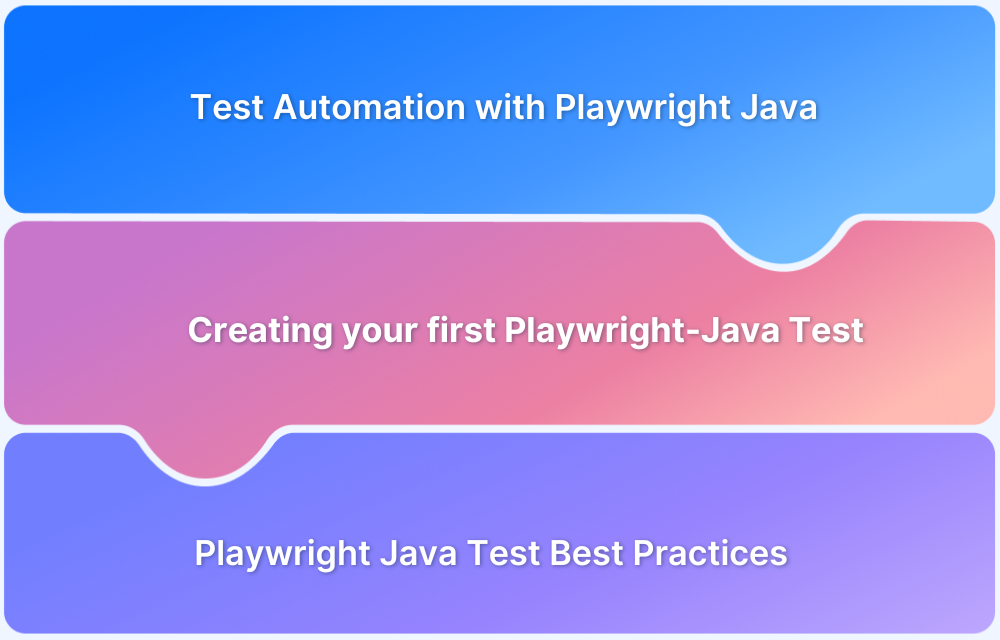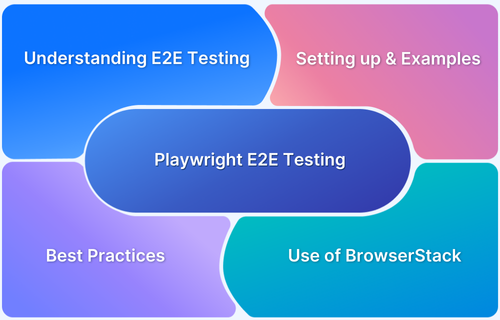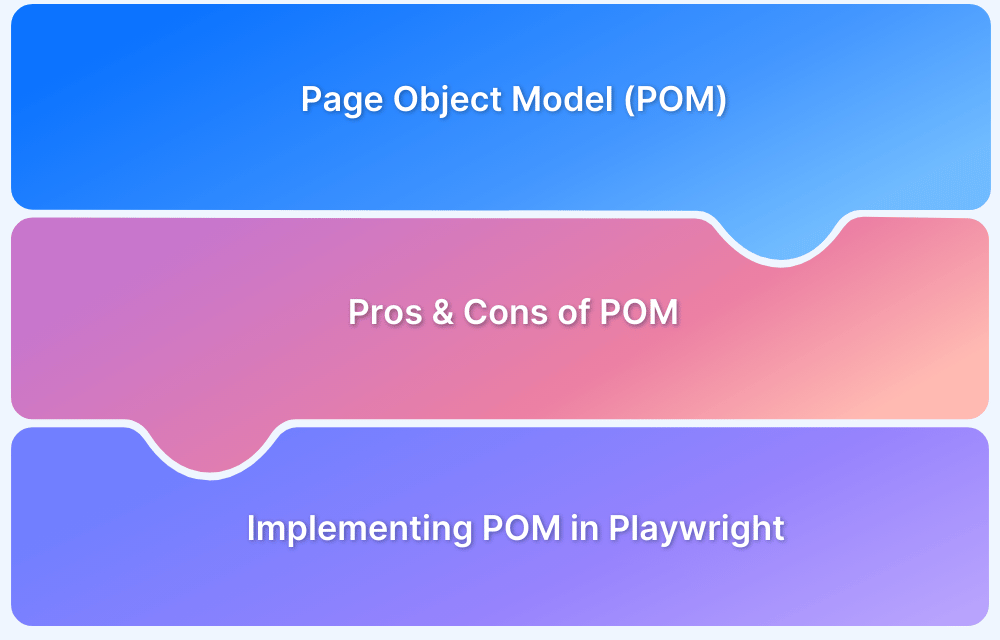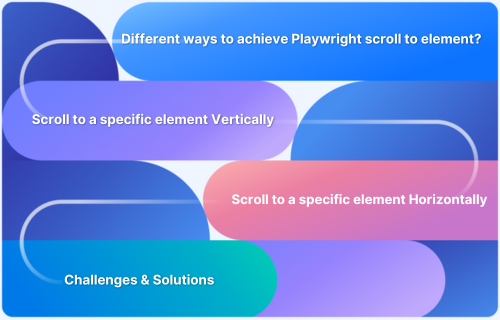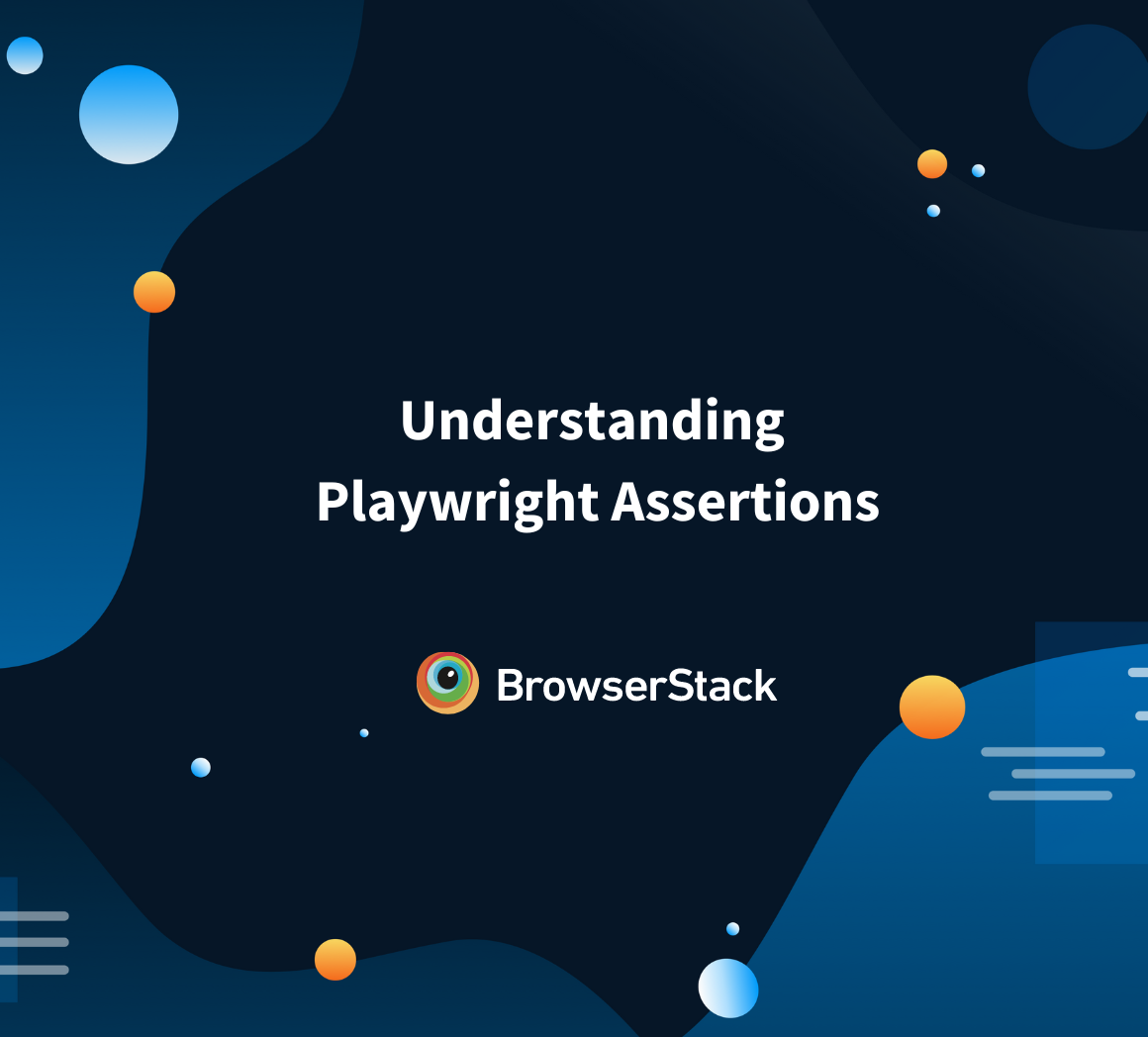Playwright is an open-source framework for automating web applications. Whether you’re testing on desktop or mobile, Playwright provides a fast and reliable way to automate user interactions for end-to-end testing. Installing Playwright is straightforward and can be done across multiple programming languages like JavaScript, Python, and C#.
This guide walks you through the process of installing Playwright on your local machine, as well as some essential setup steps and tips for troubleshooting.
What is Playwright?
Playwright is a modern, open-source framework for automating web applications across multiple browsers, including Chromium, Firefox, and WebKit. Unlike older frameworks such as Selenium, Playwright supports testing across multiple browsers and devices, making it ideal for ensuring compatibility in cross-browser environments. With Playwright, you can simulate user interactions like clicking, typing, navigating, and more, allowing you to automate end-to-end testing.
Why Use Playwright in 2025?
As web applications grow more complex, ensuring they work correctly across different browsers and devices has become crucial.
Playwright’s architecture allows for fast, reliable testing that includes full cross-browser support, robust device emulation, and support for modern web features like shadow DOM and web components. Its speed and flexibility make it a valuable tool for developers and QA engineers, especially in 2025 when fast testing cycles are critical in agile and DevOps workflows.
Read More: Playwright vs Cypress: A Comparison
Prerequisites Before Installation
Before you install Playwright, you need to ensure your system meets some basic requirements. Here’s what you need to get started:
- Node.js: Playwright relies on Node.js for installation and execution. Make sure you have the latest stable version of Node.js installed on your machine.
- Package Manager: A package manager like npm (Node Package Manager) or Yarn will be needed to install Playwright.
- Development Environment: While you can use any IDE to write your tests, Visual Studio Code is highly recommended because of its robust support for Playwright.
Step-by-Step Installation for Node.js / JavaScript
To install Playwright in 2025, follow these steps:
- Install Node.js: Download and install the latest stable version of Node.js from the official website.
- Install Playwright: Open your terminal and run the following npm command to install Playwright:
npm install playwright
- This will download and install Playwright and all necessary browser binaries.
- Verify Installation: Once installed, you can verify the installation by running a simple test:
const { webkit } = require(‘playwright’);(async () => {5. This script launches a browser, navigates to a webpage, takes a screenshot, and closes the browser. If you see the screenshot file generated, Playwright has been installed successfully.
const browser = await webkit.launch();
const page = await browser.newPage();
await page.goto(‘https://example.com’);
await page.screenshot({ path: `example.png` });
await browser.close();
})();Read More:Web Scraping with Playwright
Installation on Other Languages & Platforms (Python, Java, .NET)
While Playwright is most commonly used with Node.js, it also supports multiple programming languages. Here’s a quick guide on how to install Playwright for other languages:
Python:
pip install playwrightplaywright install
- After installation, you can run tests with Python using the Playwright API.
Java:
Add Playwright to your pom.xml file:com.microsoft.playwright
.NET:
playwright
1.17.0
Install the Playwright NuGet package:dotnet add package Microsoft.Playwright
Then, run the Playwright installation for the required browser binaries:playwright install
Setting Up in Visual Studio Code (or other IDE)
Visual Studio Code is a popular choice for writing Playwright tests due to its powerful extensions and support for JavaScript, TypeScript, Python, and other languages. To set up Playwright in VS Code:
- Install the Playwright Test for Visual Studio Code extension from the marketplace.
- Create a new folder for your Playwright project and open it in VS Code.
Initialize the project using npm:
npm init -y
- Install Playwright:
npm install playwright
- Start writing your Playwright tests in .js or .ts files. Use the Playwright API to automate browser actions and interactions.
Verifying the Installation and Running Your First Test
After completing the installation, it’s important to verify that Playwright is set up correctly. The simplest way to do this is by running a basic test script. You can create a file called test.js and include the following code:
const { chromium } = require(‘playwright’);Run this script in your terminal with:
(async () => {
const browser = await chromium.launch();
const page = await browser.newPage();
await page.goto(‘https://example.com’);
await page.screenshot({ path: ‘example.png’ });
await browser.close();
})();node test.js
If the test runs successfully, and you see a screenshot of the page in your directory, Playwright is installed and working.Common Installation Issues & Troubleshooting
While installing Playwright, you may encounter some common issues. Here are a few troubleshooting tips:
Browser Binary Installation Issues: Playwright downloads browser binaries automatically during installation. If there’s an issue with downloading the binaries, try running the following command:
playwright install
- Permissions Issues: On some systems, you may encounter permission issues during installation. Running the terminal as an administrator or using sudo on macOS/Linux may resolve this.
- Network Issues: If you’re behind a proxy or have a restrictive firewall, Playwright’s installation might fail. Check your network configuration and proxy settings.
Why Test Playwright Scripts on Real Devices & Browsers?
To ensure that your Playwright tests are accurate and reflect real-world user experiences, it’s important to run them on actual devices and browsers. Emulators or headless browsers often don’t replicate device-specific behaviors or network conditions.
Using BrowserStack Automate to Run Playwright Tests on Real Devices
BrowserStack Automate offers an easy way to test Playwright scripts on real devices and browsers. With BrowserStack Automate, you can run your tests on real devices in the cloud, eliminating the need to maintain your own device farm.
This allows you to catch device-specific issues early and ensure your web application works flawlessly across all devices and browsers.
Post-Installation Tips: Browser Binaries, Updates & Maintenance
After installing Playwright, there are a few things you should keep in mind for long-term use:
- Managing Browser Binaries: Playwright automatically installs browser binaries during the initial setup. However, you can manually install or update these binaries by running playwright install.
- Keeping Playwright Updated: Ensure that you regularly update Playwright to the latest version to access new features and bug fixes. You can update Playwright via npm:
npm update playwright
Conclusion
Installing Playwright in 2025 is an essential step for developers and testers who want to ensure the quality of their web applications. With support for multiple languages, browsers, and devices, Playwright offers unparalleled flexibility and power. By following the installation guide and tips provided, you can get started with browser automation and leverage tools like BrowserStack Automate for running Playwright tests on real devices and browsers. Whether you’re working on Node.js, Python, or other languages, Playwright makes it easy to automate your testing process and speed up your development workflow.
